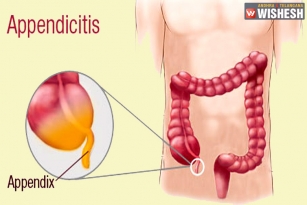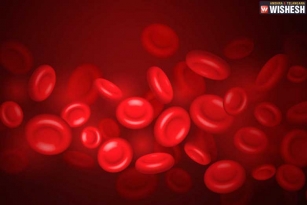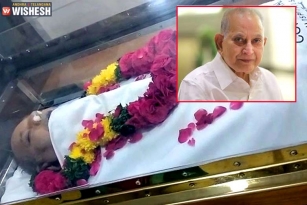
According to the latest study, almost half of the heart attacks may be ‘silent’, displaying no symptoms, but increasing the death risk.
As widely believed, pain in the chest, shortness of breath and cold sweats, need not necessarily be the common symptoms to clarify that it is a heart attack, it can even occur, even without any such symptoms, which are called a silent heart attack (when the blood flow to the heart muscle is severely reduced or cut off completely), the researchers said.
“The outcome of a silent heart attack is as bad as a heart attack that is recognised while it is happening. And because patients do not know they have had a silent heart attack, they may not receive the treatment they need to prevent another one,” said Elsayed Z Soliman from Wake Forest Baptist Medical Centre in the US.
The researchers analyzed the records of 9,498 middle-aged people, already enrolled in the Atherosclerosis Risk in Communities (ARIC), a study analyzing the causes and outcomes of atherosclerosis - hardening of the arteries.
For about 9 years, they even analyzed the heart attack differences between the blacks and whites as well as men and women and then observed that, 317 participants had silent heart attacks, while 386 had with clinical symptoms. The researchers further continued to follow the participants for over 2 decades, to track deaths from heart attack and other diseases.
Also read: New app launched to help heart attack patients
45% of the heart attacks come under the silent category, the researchers found, adding that, the chances of dying from heart diseases has increased by 3 times.
Researchers found that silent heart attacks made up 45 % of all heart attacks and increased the chances of dying from heart disease by three times.
Silent heart attacks are more common in men, but likely to cause death in women, the researchers say, adding that, these heart strokes have increased the chances of dying from all causes by 34 %.
“Women with a silent heart attack appear to fare worse than men. Our study also suggests that blacks may fare worse than whites, but the number of blacks may have been too small to say that with certainty,” Soliman said.
Silent heart attack symptoms are barely noticed but are detected later, when the patients undergo an electrocardiogram, to check their heart's electrical activity, researchers said.
Once discovered, the silent heart attacks should be treated as aggressively as heart attacks with symptoms.
“The modifiable risk factors are the same for both kinds of heart attacks. Doctors need to help patients who have had a silent heart attack quit smoking, reduce their weight, control cholesterol and blood pressure and get more exercise,” Soliman said.
By Phani Ch

























